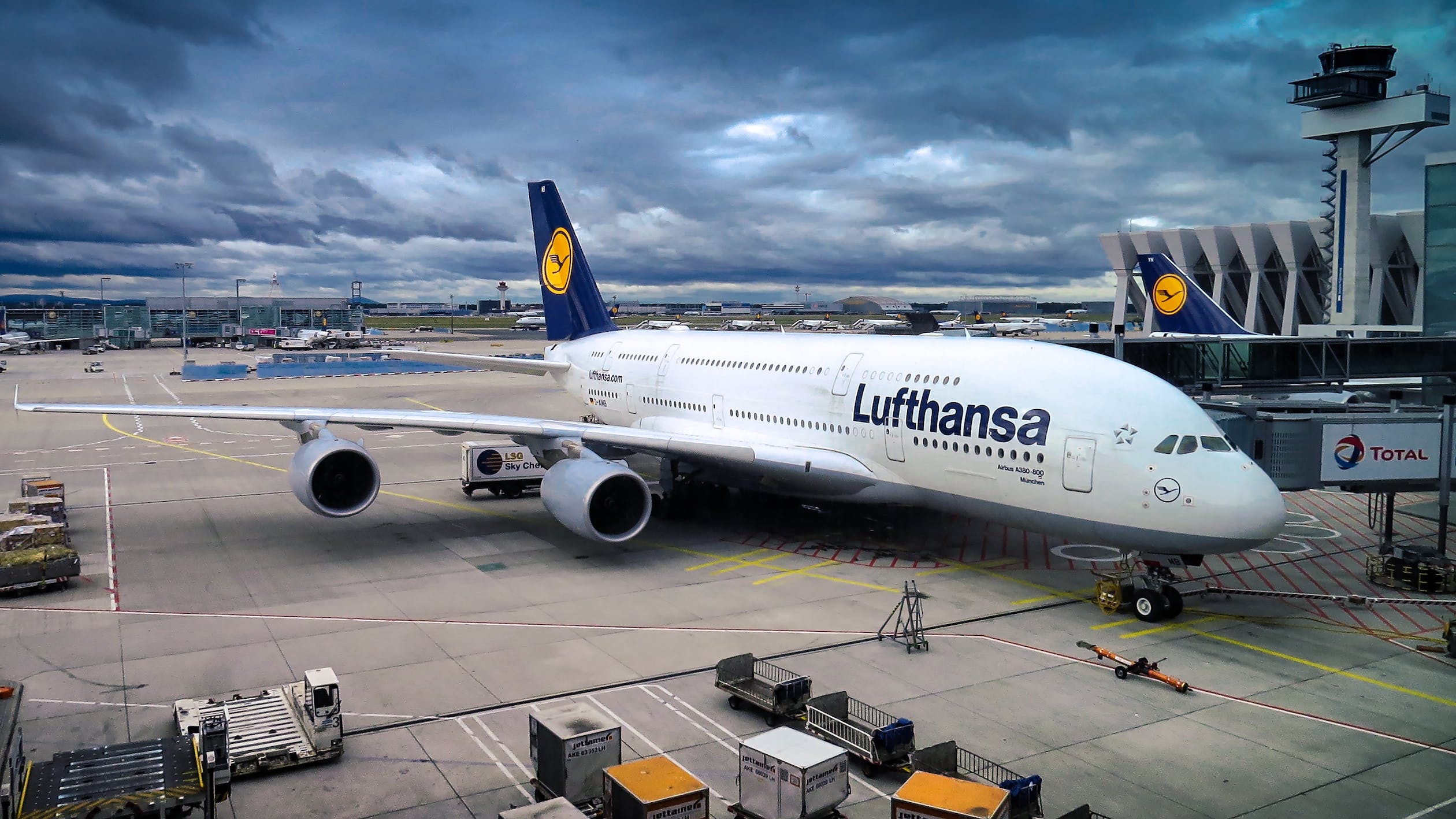From the Wright Brothers’ first flight in 1903 to the sleek and sophisticated planes of today, airplane technology has come a long way. The evolution of air travel has been nothing short of remarkable, with new innovations constantly pushing the boundaries of what is possible. In this blog post, we take a look at some of the key milestones in airplane technology and how they have transformed our world. So fasten your seatbelts and get ready for takeoff as we explore the fascinating history of flying high!
Introduction to Airplane Technology
Airplane technology has come a long way since the Wright brothers first took to the skies. Today, airplanes are faster, more efficient, and more comfortable than ever before.
The Wright brothers are widely credited with being the first to successfully fly an airplane. Their invention was based on a series of earlier designs, including those of Otto Lilienthal, a German engineer who is often referred to as the “father of aviation.” The Wrights’ breakthrough came in 1903 when they made several modifications to Lilienthal’s design, most notably adding a system of roll control that allowed their airplane to turn.
Since the Wright brothers’ historic flight, airplane technology has continued to evolve at a rapid pace. One of the biggest advances came in the 1930s with the development of jet engines. Jet engines are much more powerful than piston-based engines and allow airplanes to fly at much higher speeds. Today, almost all commercial airplanes are powered by jet engines.
Other important advances in airplane technology include the development of radar (which helps pilots avoid bad weather), autopilot systems (which help keep airplanes on course), and GPS (which provides real-time information on an airplane’s location). In recent years, airlines have also been investing billions of dollars in new fuel-efficient aircraft designs that promise to further reduce the environmental impact of flying.
History of Airplane Technology
The history of airplane technology is a long and fascinating one. It begins in the early 19th century with the invention of the hot air balloon. In 1852, Henri Giffard designed and flew the first power-driven heavier-than-air craft. The Wright brothers are widely recognized as the inventors of powered flight after their successful test flights in 1903.
Airplane technology continued to evolve rapidly in the early 20th century. In 1915, Richard Pearse flew a self-powered aircraft for over 32 km (20 miles). During World War I, both sides used airplanes for reconnaissance and bombing missions. In 1918, the U.S. Army Air Service was created, which laid the foundation for what would become the United States Air Force.
During World War II, airplane technology reached new heights with the development of jet engines and radar-guided missiles. After the war, commercial aviation boomed and jetliners like the Boeing 707 and Douglas DC-8 revolutionized long-distance travel. In 1977, Concorde made its maiden flight across the Atlantic at speeds exceeding Mach 2 (twice the speed of sound).
Today, airplane technology continues to advance at a rapid pace with new developments in materials science, propulsion systems, and avionics. We can only imagine what amazing feats of engineering will be possible in the future as we continue to explore new frontiers in aviation!
Modern Developments in Airplane Technology
The Wright brothers are credited with inventing and building the world’s first successful airplane and making the first controlled, powered and sustained heavier-than-air human flight on December 17, 1903. Since then, airplane technology has come a long way. Modern developments in airplane technology include:
• Jet engines – Jet engines were invented in the 1930s and were first used in airplanes during World War II. Today, jet engines are the most common type of engine used in commercial airplanes.
• Composite materials – Composite materials are strong yet lightweight, making them ideal for use in airplanes. They were first used in aircraft in the 1960s and today are used extensively in both commercial and military aircraft.
• Fly-by-wire – Fly-by-wire is a system where electronic signals are used to control an airplane’s flight surfaces instead of mechanical cables or hydraulics. It was first introduced on the Airbus A320 in 1988 and is now used on many modern aircraft.
• GPS – GPS (Global Positioning System) is a satellite-based navigation system that allows pilots to determine their precise location anywhere in the world. It was first introduced in the 1980s and is now standard equipment on most aircraft.
Benefits of Developments in Airplane technology
The history of airplane technology is a story of continued innovation and improvement. Each new generation of airplanes has brought with it significant improvements in performance, safety, and efficiency. The following are some of the key benefits that have been made possible by developments in airplane technology:
Performance: Airplanes have become progressively faster and more agile over the years. This has made air travel much more efficient and convenient, as well as opening up new possibilities for what can be accomplished with air travel.
Safety: Airplane technology has made flying an incredibly safe form of travel. The introduction of features such as winglets, fly-by-wire controls, and modern engines has greatly reduced the risks associated with flying.
Efficiency: Airplane technology has also helped to make air travel much more fuel-efficient. This not only saves airlines money, but also helps to reduce the environmental impact of flying.
As you can see, developments in airplane technology have had a profound impact on the way we travel by air. Each new generation of airplanes brings with it significant advances that make flying safer, faster, and more efficient.
Challenges to Overcome for Future Developments
The 21st century has seen incredible advancements in airplane technology, but there are still many challenges to overcome for future developments. One of the biggest challenges is reducing the environmental impact of air travel. Another challenge is making planes more efficient so that they use less fuel and generate fewer emissions. Additionally, there is a need for more innovative designs that can make flying safer and more comfortable for passengers.
As the demand for air travel continues to grow, it is important to find ways to make flying more sustainable. One way to do this is by investing in electric airplanes. Electric airplanes are powered by batteries instead of fossil fuels, which means they have zero emissions. Unfortunately, electric airplanes are not yet commercially viable due to their high costs and limited range. However, as battery technology improves, it is likely that electric airplanes will become more popular in the future.
To make planes more efficient, engineers are working on developing new engine designs. One promising new engine design is the open rotor engine. This type of engine has large blades that spin quickly to generate lift. The advantage of open rotor engines is that they are much more efficient than traditional piston engines. However, they are also much louder and create a lot of vibration, which has made them unpopular with airlines and passengers alike.
There is also a need for new airplane designs that can improve safety and comfort levels for passengers. One example of such a design is the “blended wing body” aircraft.
The Future of Airplane Technology
As the world continues to grow and change, so does the technology that we use every day. Airplanes are no exception. In fact, airplane technology has come a long way in recent years, and there are many exciting advancements on the horizon. Here are just a few of the ways that airplane technology is evolving:
1. Electric airplanes: One of the biggest trends in airplane technology is the move towards electric propulsion. Electric airplanes are more efficient than traditional gas-powered planes, and they produce zero emissions. This is good news for the environment and for your wallet (electricity is cheaper than gasoline). There are already a few electric airplanes on the market, and many more are in development.
2. Self-flying planes: Another exciting advancement in airplane technology is the development of self-flying planes. These autonomous aircrafts will be able to take off, fly, and land without any human input. This could potentially make flying safer and more efficient, as well as open up air travel to people who are unable to fly themselves (such as those with disabilities).
3. Hybrid planes: Hybrid planes are another type of aircraft that is becoming increasingly popular. These planes combine traditional gas engines with electric motors, resulting in a more fuel-efficient plane. Many major airlines are already using hybrid planes on some of their routes, and it is expected that this trend will continue to grow in the coming years.
Conclusion
It is incredible to think of how far airplane technology has come over the years. From early attempts at sustainable flight to revolutionary aircraft designs, airplanes have had a great impact on modern life. Airplanes have enabled people to travel across the world in record time, opened up new avenues for exploration and research, and even provided an important form of international transport for cargo. The evolution of airplane technology will continue to shape our lives in exciting ways as we move into the future and experience more advanced forms of air transportation.










